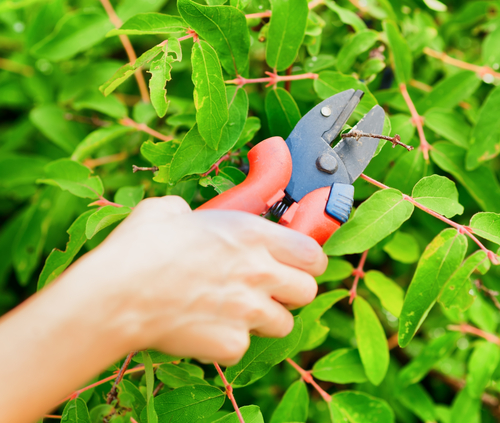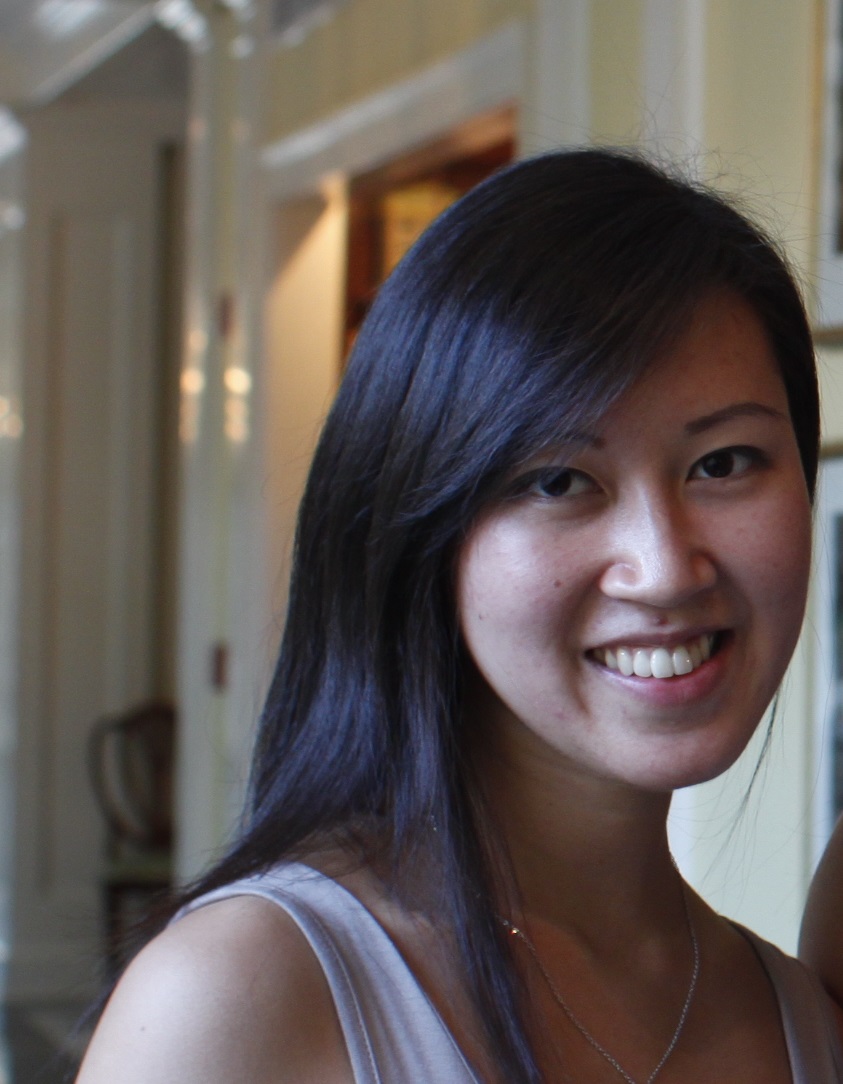
Self-editing is a selfless endeavor. You cut, replace, rearrange, and endlessly reread—all for the reader’s benefit. “Journalism is all about having a sense of empathy with your audience,” says Dan Fagin, director of the Science, Health and Environmental Reporting Program at New York University and Pulitzer Prize–winning author of Toms River: A Story of Science and Salvation. To achieve that connection with the audience, Fagin says, revise with readers in mind, always asking yourself “what they need, what they want, will they understand?”
As traditional journalism outlets’ budgets shrink and editors are being overextended, writers are asked to take increasingly larger roles in shaping their own stories. Whether you have the best editor in the world or no editor at all, self-editing is necessary to deliver the best story possible.
Get Organized
The first step in ensuring clean copy occurs before a word is written: distilling piles of notes and research into a clear structure.
Creating a solid structure need not involve creating a formal outline. Elizabeth Svoboda, freelance journalist and author of What Makes a Hero? The Surprising Science of Selflessness, finds a skeletal framework sufficient for establishing a clear structure for a story. “I might jot down just a couple of sentences or phrases that describe each section of the piece,” she says. “For example, I might write: ‘Intro: Describe scientist wading through wetland to obtain water samples; explain how these samples teach us more about the mix of microbes living in the wetland.’ As I actually write each section, I might go back to the outline a couple of times to remind myself of the main points that cannot be lost, but I’m adding a lot more detail on top of those points.”
Science journalist Apoorva Mandavilli (who freelances for numerous publications as well as working as editorial director of SFARI.org, the leading news site on autism research, and an editorially independent division of the Simons Foundation) begins sorting her notes by copying snippets of information and interviews of multiple sources into separate sections of a new document, organized by theme. When she was reporting her recent Popular Science feature “The AIDS Cure,” for example, most of her sources touched on a similar set of themes. Pasting portions of each interview into different thematic sections helped her find key points related to each theme (and later made it easier to annotate her story for fact-checking).
Virginia Hughes, freelance science journalist and author of the Only Human blog at National Geographic, takes a similar approach, creating separate documents in Scrivener that each contain a line summarizing one section of the story. As she writes, she says, these sections get “meatier and meatier” until the documents collectively become a draft of the entire piece.
Fagin views transitions from one section to the next as essential to good organization. Transitions should be seamless to keep the reader from slowing down, or worse, stopping. “I want my work to be analogous to one of those moving walkways at the airport, where you just step on and you’re moving steadily forward and it’s a pleasant experience,” he says.
Unleash Your Inner Critic—When You’re Ready
Once you begin a draft, it can be hard to tell the processes of writing and editing apart. Washington Post science reporter Brian Vastag encourages writers to write the whole story before going back to edit it. Writing a first draft is not like a live musical performance where the audience hears every wrong note, he says. Like a recording artist who can finesse a song until it’s flawless, a writer can revise and improve the words on a second go-‘round.
Fagin says he usually takes a different approach, self-editing as he writes. He cautions his students against being paralyzed by imperfect text, and urges them to continually rewrite sentences until they work. “If you think there’s even a chance that it might sound better a different way, try it,” he says. “There’s nothing easier than abandoning that and going back to what you had before.”
As your story progresses, stow away any portions that you cut, perhaps in a separate document. They may or may not make it back into the story, as editors have different opinions about what to do with such material. Mandavilli says that when writers send extras to her, she hardly ever uses them. “If the writers are cutting that stuff themselves, 95 percent of the time it’s because it doesn’t fit,” she says. But extras can come in handy during later conversations with an editor, possibly when talking through alternate approaches to a topic.
Gain Some Distance
Once you’ve pounded out a workable first draft, find time to step away from your copy for a day, a week, or even longer, so you can come back to it with fresh eyes. Letting your work marinate highlights any problems and makes them easier to cut. “[Taking a break] is valuable every time I do it,” says Mark Schrope, a freelance writer and editor who specializes in oceanography.
Distance can also help you realize when you’ve fallen in love with your own sentences. Tim Folger, a contributing editor at Discover and series editor of the annual Best American Science and Nature Writing anthology, suggests editing the story as if someone else wrote it. Though it may be difficult, imagine reading it with no prior knowledge and see if any questions arise, agrees Mary Bates, who writes the Zoologic blog at Wired.
Read Aloud
One of the fastest and most effective ways to tighten copy is to read your piece out loud. Reading your story to yourself reveals missing words, run-on sentences, and unwieldy phrases. Hearing your story also provides a sense of the piece’s overall flow and voice.
To emulate the rhythm of a particular publication, read as many back issues as possible. Adhering to its style is important because any missteps draw an editor’s attention away from content.
Tune In to Details
Now it’s time for line editing. Root out common problems such as passive voice, homophones, misspellings, and repeated words. Try replacing multisyllabic words with shorter, stronger words. Mandavilli recommends removing each word in the sentence one at a time to see if its absence has any impact on the sentence. That rule echoes advice in William Zinsser’s classic guidebook, On Writing Well: Every word must do work.
The same is true for quotes. When used correctly, quotes engage the reader and make the story come alive. Use direct quotes to convey something remarkable, emotional, contentious, or wise. Most of the time, Fagin says, paraphrasing is adequate for giving information.
Kill Jargon
Remove any words that may confuse the reader. Mandavilli says many science journalists overuse jargon because they are worried others might question their intellect or authority on the subject. “But really, no one has ever complained that something is too easy to understand,” she says.
Acronyms are similarly discouraging to readers, says Fagin. Acronyms are tempting because they’re convenient for the writer, he says, but remember: It’s not about you. Unless a term is used repeatedly throughout the piece, he advises using the original term or a shorter version of it, rather than an acronym. Instead of asking the readers to remember what the DHSEA is, for example, you could describe it as the Dietary Supplement Act.
Though it seems contradictory, self-editing does not have to be solitary. Talk about your story or send a draft to a willing friend or colleague. When the piece involves a controversial issue, Svoboda says she occasionally asks her husband to read it to ensure her point comes across clearly. You might disagree with your outside reader about how to fix a problem, but don’t disregard the issue, Fagin advises. Anything that is confusing to the reader should not persist unchanged in the piece, he says.
Adopting these self-editing practices will strengthen your final piece. From major reorganizations to deleting one unnecessary word, every useful edit drives the story forward, Fagin says. And nothing is more important than keeping the reader’s interest to the end of your story. “You never ever, in journalism, want the reader to stop.”

Tiên Nguyễn is a TON fellow sponsored by the Burroughs Wellcome Fund. She is an organic chemist and communications specialist for the Princeton University chemistry department. She aims to make chemistry more accessible to the public through her writing, outreach, and educational videos. Her writing interests also include drug discovery, physics, and gender equality. Follow Tiên on Twitter @mustlovescience.


